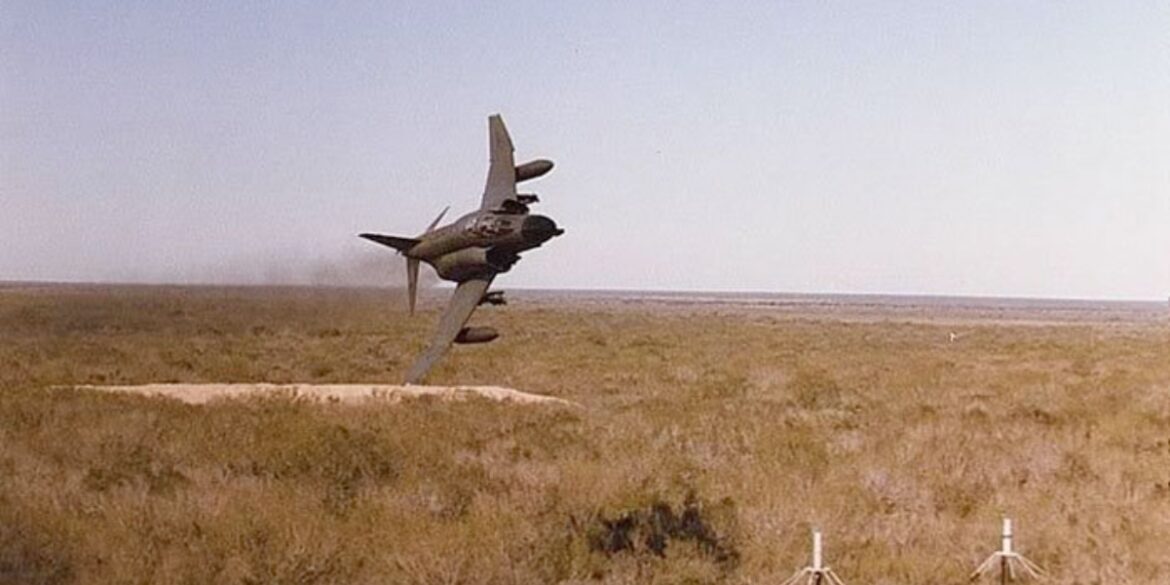This post’s video from the Sierra Hotel may be the best F-4 Phantom II footage ever filmed
The Noise You Hear is the Sound of Freedom!
The s**t hot video in this post, which was posted on the f4flys YouTube channel, is possibly the coolest F-4 Phantom footage ever filmed. There is no background music, and the video shows USAF F-4 and RF-4 Phantom IIs flying very low while producing J79 noise and some amazing sonic booms.
The mighty Phantom could travel faster than Mach 2 because of the General Electric J79 turbojet engine, which produced up to 17,000 pounds of thrust when the afterburner was engaged.
The Phantom II was initially created for US Navy fleet defense, and it made its maiden flight in May 1958. The F-4C, the first version used by the US Air Force, flew for the first time in May 1963, and six months later, production deliveries started. Over 5,000 Phantom IIs were produced before manufacturing stopped in 1979; over 2,600 were for the USAF, roughly 1,200 were for the US Navy and Marine Corps, and the remaining aircraft were for friendly foreign nations.
The Air Force sent its first F-4Cs to Southeast Asia in 1965, where they conducted air-to-air missions against North Vietnamese fighters and attacked ground targets. In Vietnam, the many incarnations of the F-4 achieved over 100 MiG kills.
The F-4 Phantom II could carry twice the typical load of a B-17 bomber from World War II when it was used for air-to-ground missions. Nine external store stations are equipped to carry weapons and/or external tanks. In 1967, eight 750-pound Mk 117 bombs, four AIM-7E, and four AIM-9B air-to-air missiles were the standard setup for an F-4C. Additionally, the aircraft was equipped with one ALQ-87 electronic countermeasures (ECM) pod on the right inboard pylon and two external fuel tanks on the outboard pylons. An enhanced fire-control system complemented an inbuilt 20mm multi-barrel gun on the F-4E.
Air-to-air missiles were typically carried by the aircraft for self-defense when they were performing close air support or attack missions. The Phantom was the first multiservice aircraft, flying concurrently with the US Navy, Air Force, and Marine Corps. It was also the only aircraft that the Air Force and Navy flight demonstration teams, the Thunderbirds and Blue Angels, had ever flown simultaneously.
Up until its retirement in 1996, the aircraft was still in use by the Air Force, having played an essential role in Desert Storm. After being retired, the F-4 was converted into the high-performing, unmanned QF-4 Aerial Target, which was used for air-to-air and surface-to-air missile testing.
Photo by the U.S. Air Force
Video credit: F4Flys F4Flys@gmail.com

